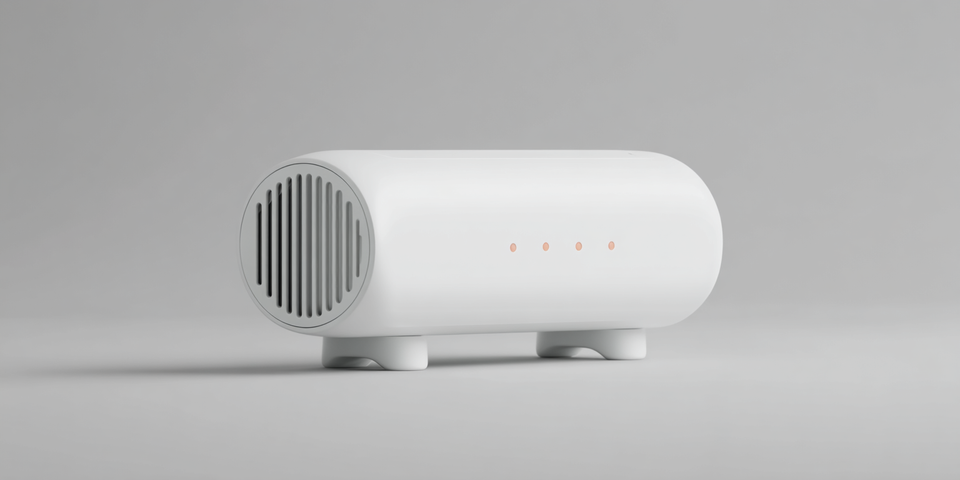The Anti iPhone
Jony Ive's antidote to the smartphone obsession he helped usher in...

Yesterday, upon reading all the coverage about OpenAI buying io – which I'm going to continue to style as 'IO' for my own typing sanity – and especially watching the um, unique, video that Jony Ive and Sam Altman released to both formally announce IO and to talk a bit about what they're working on, it became pretty clear, pretty quickly that despite all the rumors to the contrary, the device wouldn't be a wearable. As I wrote:
Ive himself gave an interview just a couple weeks ago, hinting at what such a collaboration could be working towards – notably, a potential anecdote to smartphone addiction that Ive feels some level of remorse for having helped to usher into existence via his iPhone designs.
Beyond that, all we get are whispers of "headphones" and "cameras" from WSJ sources. NYT talks vaguely about "ambient computing". What might this be? It's almost impossible to say, but I'm not sure it's exactly wearable, which is interesting. One thing it's not: a pair of smart glasses.
The key tell was the part of the video where Altman starts talking about how we're using the current "legacy" products, to use Ive's wording, to access future technology in the form of AI. It starts around 3:50 in:
